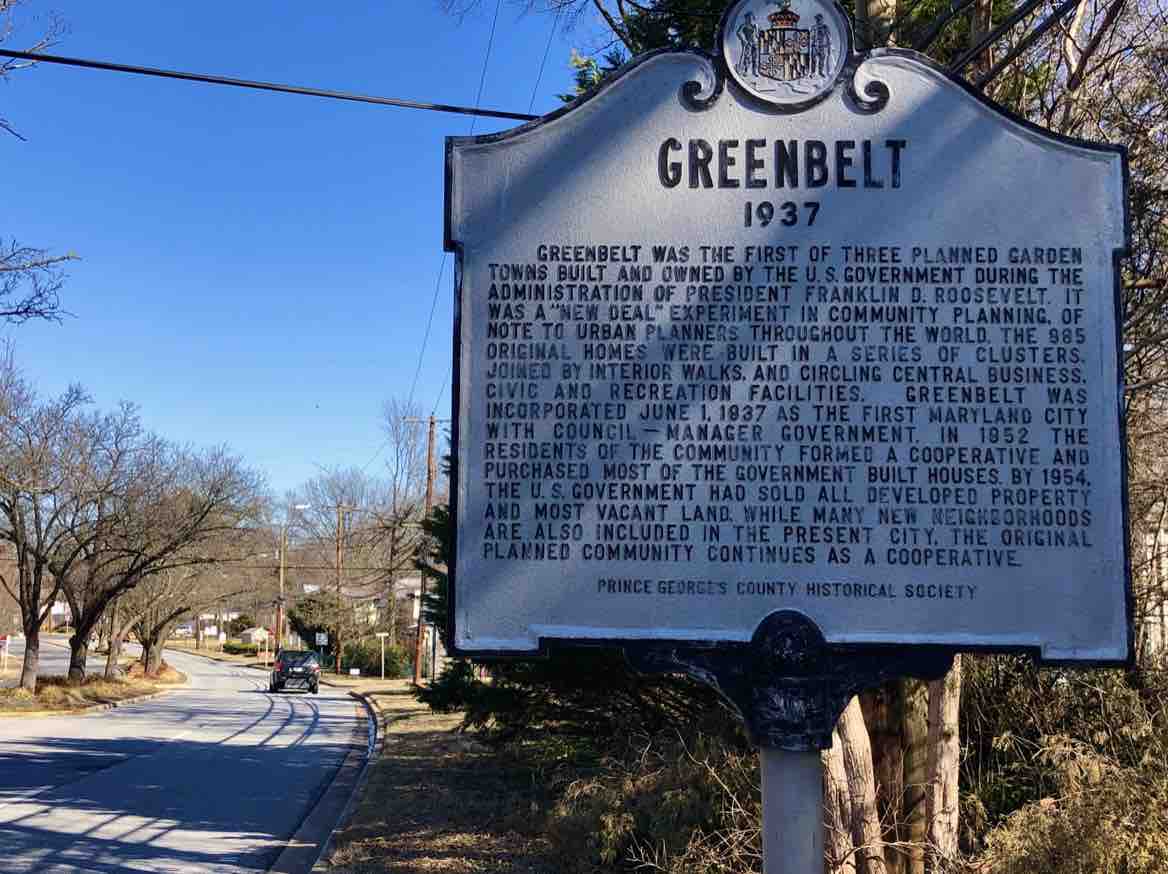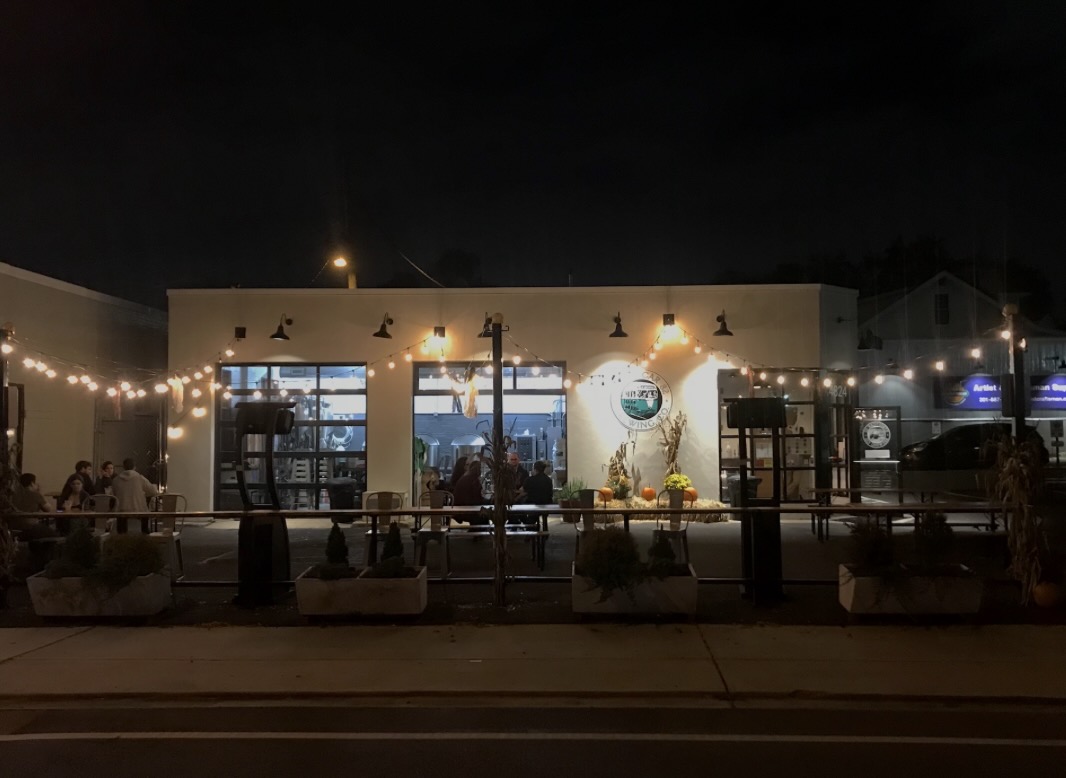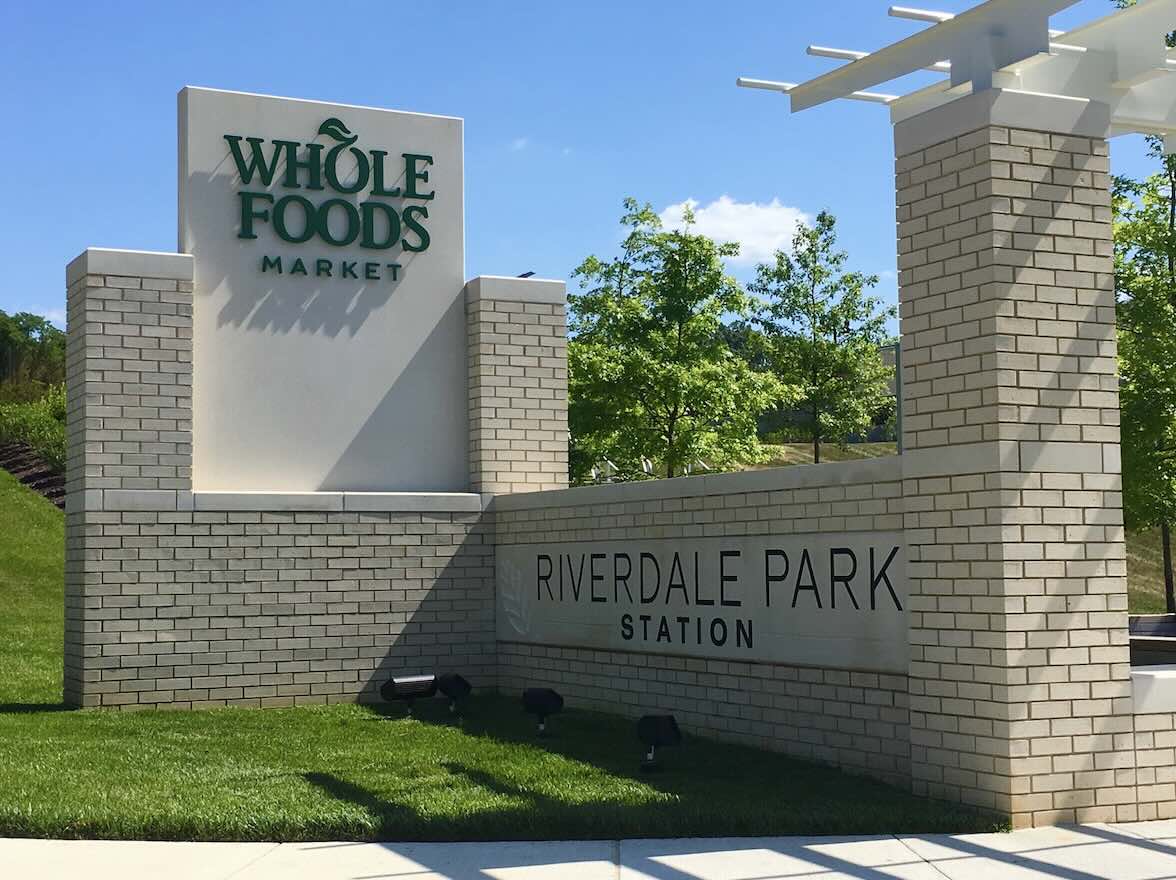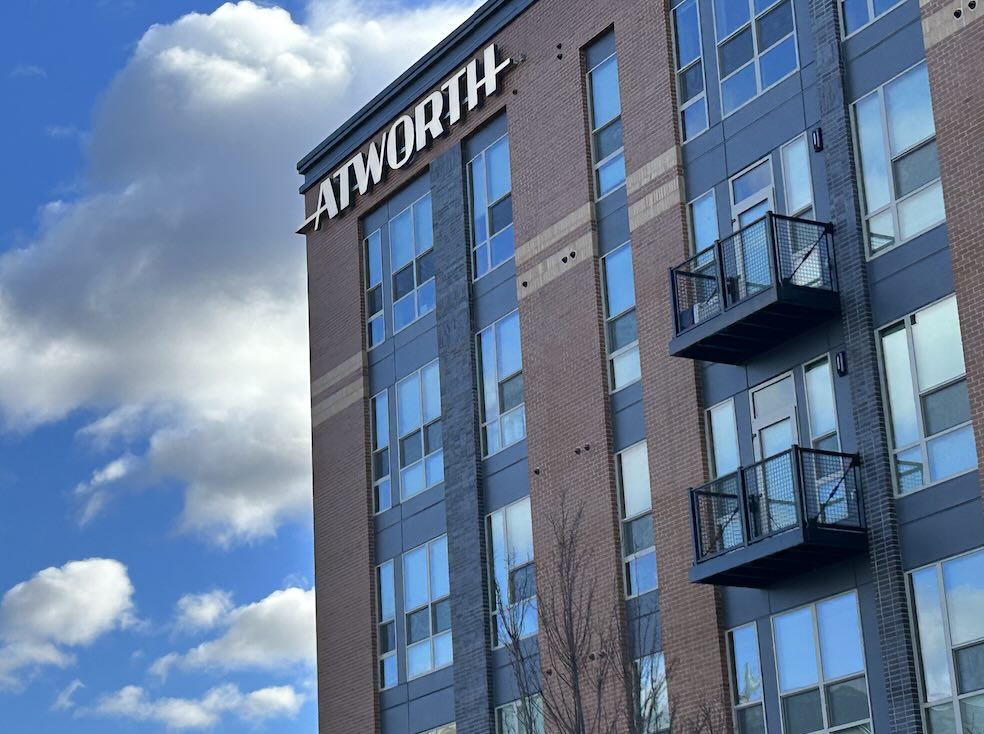
When the planned city of Greenbelt began accepting residents in 1937, competition was fierce, with more than 5,700 families applying for the 885 homes available.
But not everyone was welcome.
Although the city was built on former tobacco fields farmed by several Black families and Black construction workers had helped build it, African-Americans were not allowed to apply to move in.
The city’s population, as historian Cathy Knepper wrote, could be summarized as “a community of white, Protestant, low-level government employees.”
“But of course, there was not one black family: Integrated meant something different in those days,” said Daniel Ray Young, who wrote a play about the city, told The Washington Post in 1997.
It wasn’t supposed to be this way. The original plans for Greenbelt included a separate area called the Rossville Rural Development that would be used by Black farmers, but those were dropped amid opposition from white neighbors and lawmakers.
Still, the town was fairly open. When a handful of residents complained at a town meeting in 1939 that African-American customers were being served at the town’s drug store, the editor of the Greenbelt paper noted that the complainers “were literally shouted down.”
By 1967, the city council was telling owners of apartment buildings in town to voluntarily adopt non-segregation policies, and Black families began moving into the area. The following year, the Fair Housing Act barred discrimination in rentals and home sales at the national level.
The city has long grappled with this history, from changing the way the city council is elected in 2009 to address criticism that it underrepresented Black voters to adding a special archive to the city’s museum devoted to the African-American experience in Greenbelt.
In 2013, the city, which is now 47 percent African-American, elected its first Black mayor, Emmett Jordan, and in 2019, its second, Colin Byrd.
In November, Greenbelt residents went a step further, voting by a margin of 1,522 to 910 to form a commission to study whether Black and Native American residents should receive reparations for past wrongs.
Support the Wire and Community Journalism
Make a one-time donation or become a regular supporter here.
















Thanks for sharing this, Alison!
Very good background on Old Greenbelt. Thanks Alison.
Alison, could you provide a source for your statement that “the city was built on former tobacco fields farmed by several Black families”? I have heard this before, but have not found documentation for this. Instead research so far indicates that the area was just as segregated before Greenbelt was built.
“Several African American families (about 14 people total) lived on farms on the land that would become Green-
belt.” — Joseph Arnold, The New Deal in the Suburbs: A History of the Greenbelt Town Program, 1971, p. 143
Thanks for your reply. I have researched this statement from Arnold’s book and the exact quote on page 143 is “several Negro families lived on Greenbelt’s farms, but they numbered only fourteen and played no part in the life of the community.” Arnold cites his source (in his endnote 34) as a 1944 University of Maryland dissertation by William H. Form titled “Sociology of a White Collar Suburb,” specifically pages 63 and 217. That dissertation is available online at https://drum.lib.umd.edu/handle/1903/17504. Examining the cited pages shows that Form was reporting on data from the 1940 census, which was after Greenbelt was built. Examining the 1940 census shows that Form was referring to three families living outside of the new town of Greenbelt. The 1940 census does not provide enough information to state conclusively that before Greenbelt was built these three families lived on the land that is now Greenbelt. Joseph Younger was listed as a WPA Laborer and the head of a family of five (Joseph (46), Agnes (37), Bernice (16), Josephine (13), and Odelia (10)); the Youngers moved from southwest Virginia in the 1920s, and resided along Muirkirk Road in 1930. William Jackson was also listed as a WPA Laborer and the head of a family of seven (William (40), Emma (23), Virginia (14), Edna (11), Richard (10), Edward Jackson (3)). The smallest of these families was a young married couple named Randolph and Marie Gillispie; Randolph Gillispie was listed as a “Laborer General Work.” I am putting this information here in case somebody knows more about these families and is willing to share that history.
I left out one member of the Jackson household: WIlliam’s 66 year old father, Edward